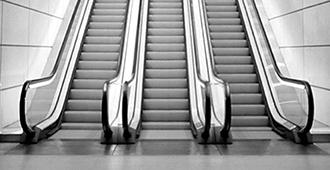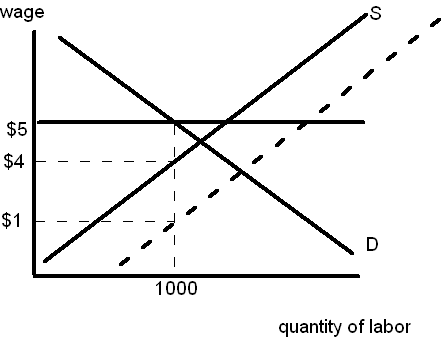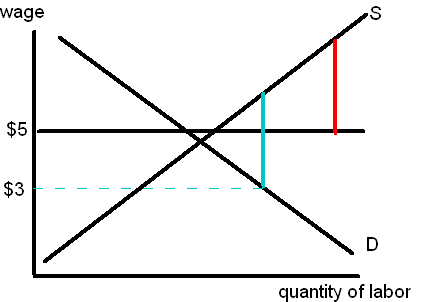There were a lot of great comments on my recent post about escalators, but none better than Bennett Haselton’s, which is so good I want to highlight here in a separate post.
I’m going to strip his argument down to make it even simpler, but this is all Bennett’s idea:
A New Puzzle: You’re boarding an escalator precisely at noon. You know that on a normal day, if you walk the entire way, the ride takes exactly ten minutes. But you also know that this is not a normal day, because the escalator is scheduled to be stopped for maintenance beginning at 12:05, and will at that point turn into the equivalent of a stairway. You’re planning to take a one-minute rest from walking at some point along your journey. Should you rest before 12:05, when the escalator is moving, or after 12:05, when the escalator is stopped?
Answer One:Of course you should rest while the escalator is moving, because that way, at least you make some progress while you rest.
Answer One, Reworded: Of course you shouldn’t rest while the escalator is stopped, because then you’ll spend an entire minute not getting anywhere.
Here’s the thing about Answer One: It’s completely wrong. It doesn’t make a bit of difference whether you rest from 12:00 to 12:01 or from 12:05 to 12:06 or for any other minute in between. If you don’t believe me, try an example: Suppose the escalator travels, oh, say, 20 yards per minute and your walking speed is 10 yards per minute. Then if you rest from 12:00 to 12:01, with the elevator moving, you’ll have traveled 160 yards by 12:07, and will continue to gain ten yards per minute after that. If instead you rest from 12:05 to 12:06 with the escalator stopped, you’ll have traveled exactly the same 160 yards by 12:07, and will continue to gain exactly the same ten yards per minute after that.
The Old Puzzle: You’re going to travel on a 100 yard staircase followed by a 100 yard escalator. You’re planning to take a one minute rest somewhere along the way. Should you take it on the stairs or on the escalator?
Answer One: You should rest on the escalator, because at least that way you make some progress while you rest. Or to put this another way, you shouldn’t rest on the stairs because then you’ll spend an entire minute not getting anywhere.
This time Answer One gives the right conclusion. But the reasoning can’t be right, because it’s the exact same reasoning that we applied to the New Puzzle, whereupon that reasoning led us totally astray.
Bennett’s lovely example illustrates as starkly as possible why we must reject Answer One even though it sometimes yields the right conclusion. The reason is that it also sometimes leads to the wrong conclusion. I’ve been trying to argue in the abstract that the logic of Answer One makes no sense; Bennett has done us the awesome service of pointing to a concrete example where that logic leads you inarguably astray.
It also illustrates my other main point: The real reason to rest on the escalator in the Old Puzzle is that resting on the escalator buys you more time on the escalator. Bennett has removed that advantage by giving you exactly five minutes on the escalator regardless of where you rest. In other words, when you cook up an example (like Bennett’s) in which resting on the escalator doesn’t buy you more time on the escalator, the argument for resting on the escalator vanishes in a puff of smoke.
This, incidentally, is related to a cryptic comment of my own on that earlier post, where I replied to an inquiry from Bob Murphy about my observation in an old Slate column that the fundamental confusion arises from measuring benefits in distance instead of time. (I claim that this is, in a sense that might not be entirely obvious, an equivalent description of the problem with Answer One.) In the Old Puzzle, you’re on the escalator for a fixed distance; in Bennett’s New Puzzle, you’re on the escalator for a fixed time. That illustrates exactly the distinction I had in mind, and if I find the time, I’ll write out the details sometime soon.















